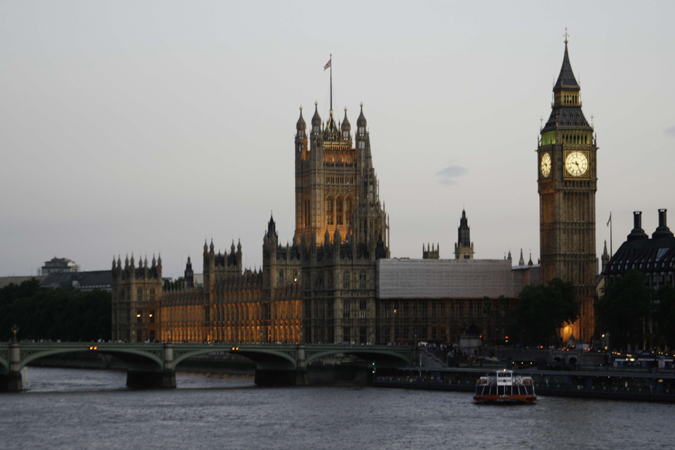On July 11, I went on a bit of a leisurely exploration of the Embankment area, beginning with the Victoria Embankment Gardens. The gardens are located right next to the River Thames and in between the Hungerford and Waterloo Bridges. Traveling there is fairly simply, as all you need to do is take the eastbound District Line to the Embankment station, which takes about 20 minutes. The gardens are free to enter, and are extremely busy on the weekends, especially Saturday afternoon, which is when I went. Benches are filled, picnics are abundant, and people crowd the walkways.
The Victoria Embankment Gardens are fairly old and first opened in the 1860s. They contain an abundance of vegetation, mainly trees, flowers, and grassy areas, making the landscape look stunning. There is also a large historical side to the gardens in the form of statues, memorials, and ponds built to commemorate historical figures, which I thought complemented the gardens well. A few of this figures include British philosopher John Stuart Mill, poet Robert Burns, and British philanthropist Lady Henry Somerset. I found walking through the gardens aweing, despite the crowded nature at the time. It is probably the perfect place to relax, picnic, or take a break, and apparently many workers visit the gardens for their lunch break.
After exploring the gardens, I crossed the Waterloo Bridge and walked up and down the embankment to see what kind of interesting things were taking place. There was live music, artists who were drawing masterpieces in the sand, and even a gigantic book sale, with seemingly thousands of books on display. I soon decided to walk along the shore of the River Thames and see if I could find any interesting treasures, as it was low tide. I had also heard about old clay pipes that were smoked and then tossed into the river around the 16th century, but was only going to look briefly, since I planned to dedicate another excursion to pipe searching. I ended up finding a few broken stems and some cool looking bones, shells, and pottery, but nothing too spectacular. Hopefully I can find something significant the next time I go.
Overall, I really enjoyed being able to explore a bit of London with no particular purpose in mind except experiencing the surroundings. The Victoria Embankment Gardens were quite beautiful and the street life near the shore was bustling. I would recommend anyone with some free time to spend a few hours of unplanned leisure around London, as you never know what kinds of interesting things you may experience. ~Tyler


















































